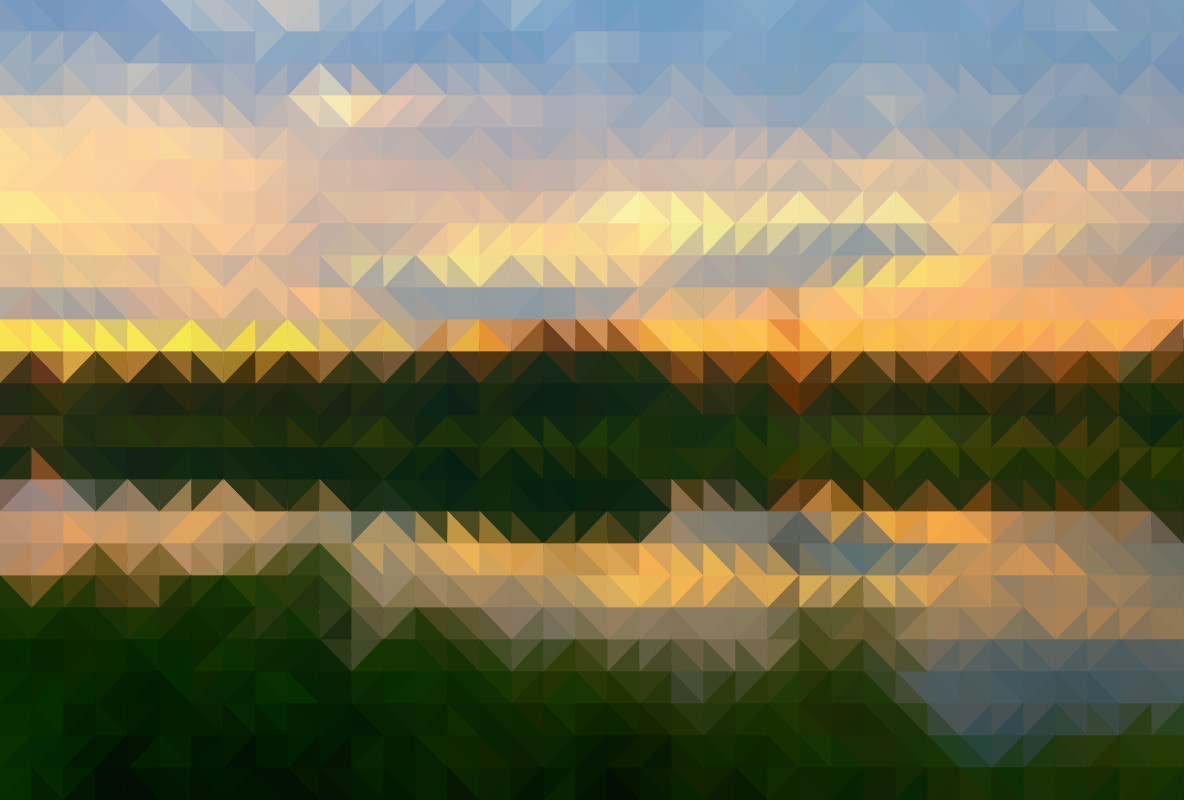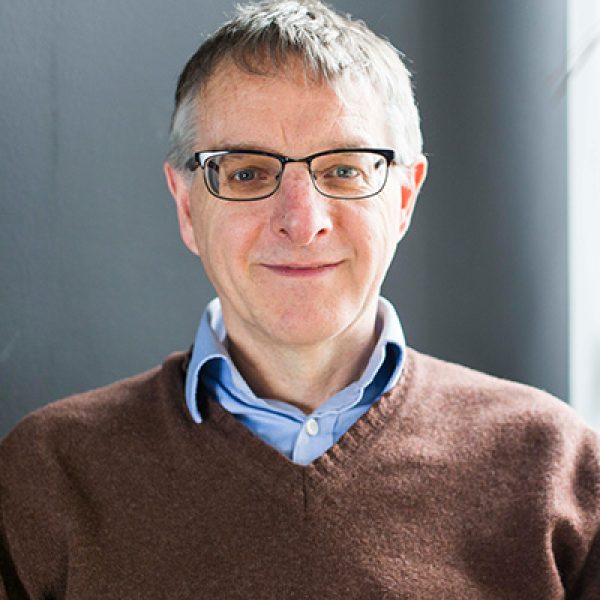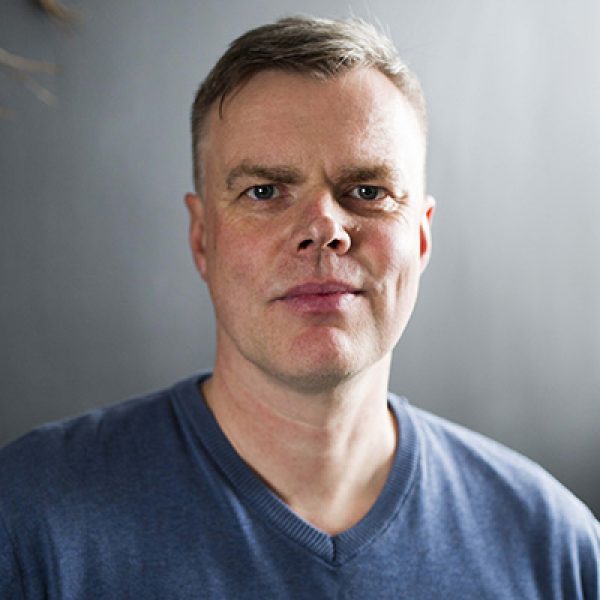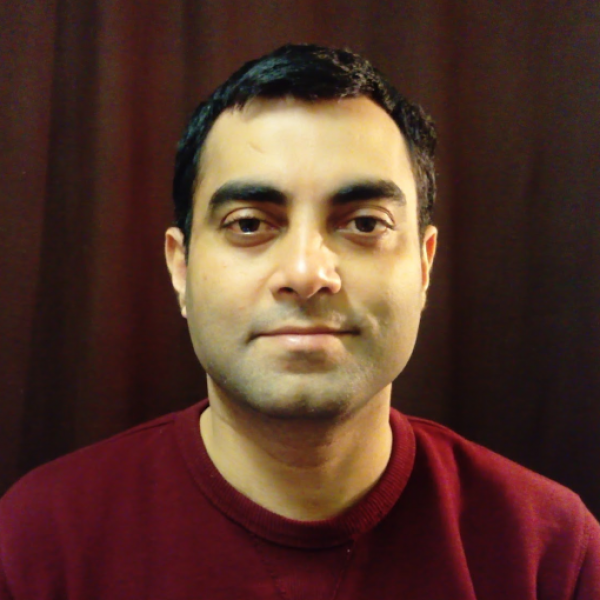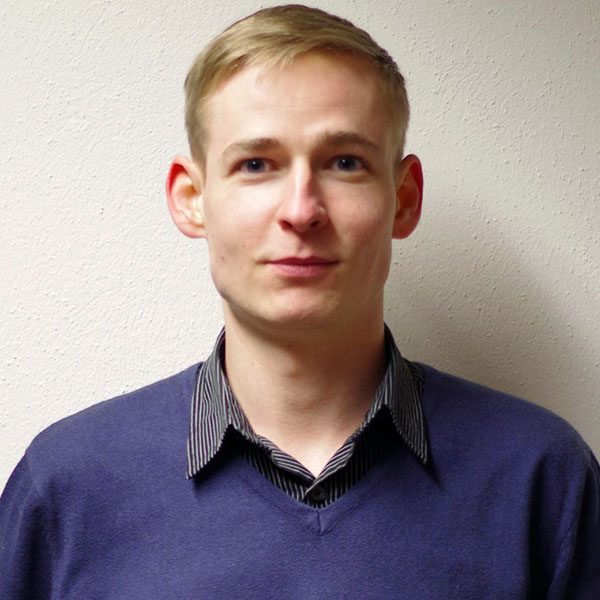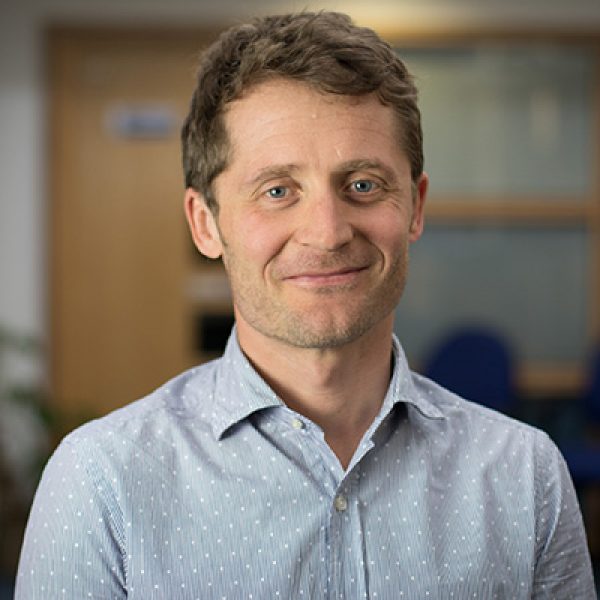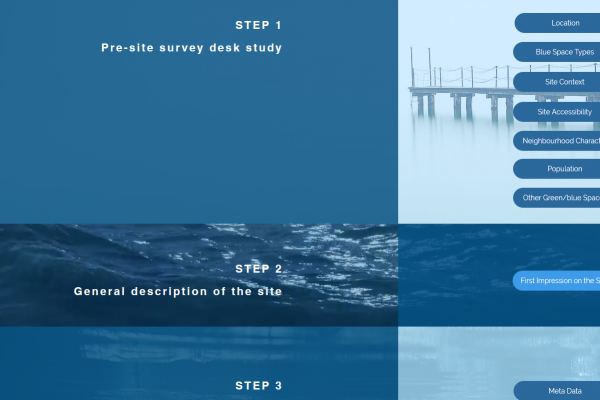Introduction
BlueHealth has built five small contemporary design interventions to transform urban blue spaces.
This case study features a small urban acupuncture site between the Anne Canal in Tartu, Estonia, and the River Emajõgi. The area is partially developed and a popular open space used for year-round sports and recreation, including ice-skating in the winter.
Yet a large section is wild, un-kept, and physically and visually disconnected to the canal and the river making access tricky.
BlueHealth specification
The design aims to provide a multitude of health benefits but primarily focused on mental health, promoting relaxation, contemplation and socialising. The design encompassed:
- Social space with places to sit and interact with family or friends, safe play for children.
- Mindful space with areas to relax and rest at the water’s edge in small groups or alone.
- Nature space to draw people closer, and to interact, with water and nature.
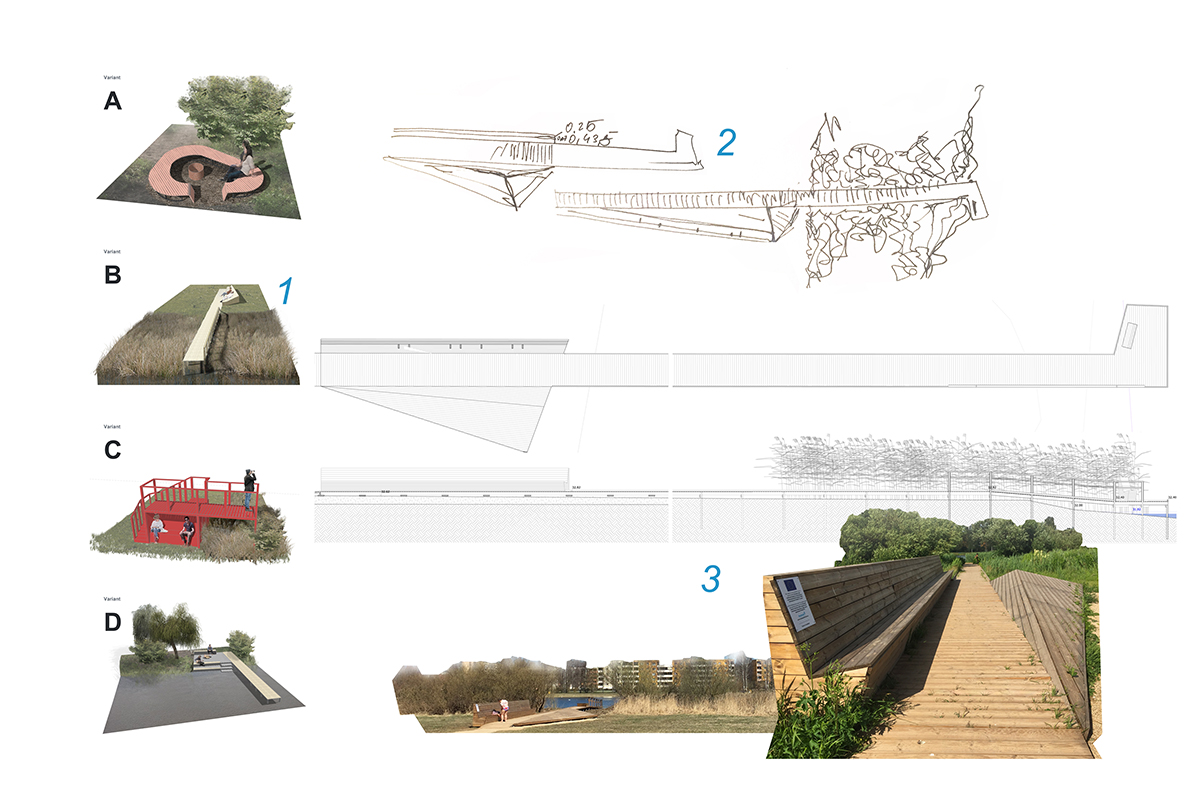
Research, design and build
To transform this urban blue space we:
- Built a boardwalk that connects the existing pedestrian and cycling path to the water.
- Installed inclined decking suitable for sunbathing, picnics and spaces for children to play.
- Placed benches that provide ample opportunities to relax, observe, and socialise.
- Constructed wooden decking with seating space along the waters-edge where people can sit, observe and relax. While also providing improved facilities and access to the water to support popular nearby activities like fishing and ice-skating.
Method
Our team of researchers and landscape architects carried out this research project in three phases using a variety of BlueHealth assessment tools.
Pre-design:
- Coordinated community and stakeholder meetings to understand local needs and expertise.
- We mapped peoples behaviours using the BBAT Tool to find out what people do and where.
- We conducted environmental assessments to assess quality and access using the BEAT Tool.
- We used the BCLS Tool to survey local health and wellbeing, plus visits to blue/green spaces.
Design and construction:
- We designed the space using pre-design stage research and wider BlueHealth insights.
- We worked with local builders who built the space using local and natural materials.
Post-design:

Next steps
We are currently analysing the data from post-intervention assessments, to establish how this example of urban acupuncture is linked to any changes in local health and wellbeing.
By June 2020 the results will be published on the website and in the new ‘Blue Profiles’ book. Watch this space.

